HAD a breakage lately? Having discovered a damaged pegging point on my brolly, and also come within a whisker of having a net of mine damaged by someone else, it’s reminded me just how many common accidents there are, and areas where our tackle can be at risk from the simplest mistakes or oversights.
From the smallest terminal carp fishing tackle items to the largest hardware, one wrong move can be costly. Here are some of the most common areas to suffer damage in your day-to-day carping, and some tips on how to try to avoid them!
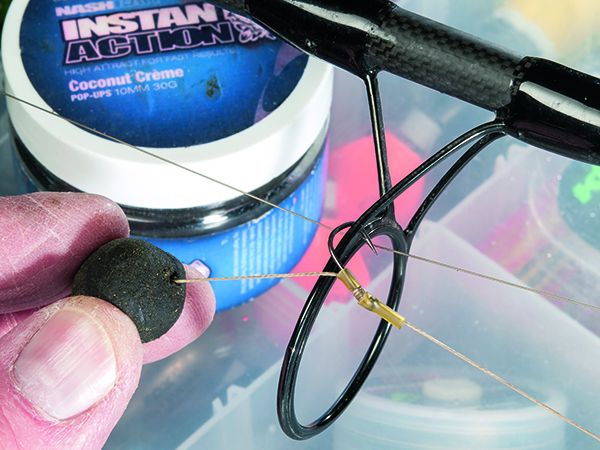
Hook points are the most commonly damaged item. More than ever, people are probably aware of careful hook inspection, thanks to the trend for eyeglasses and additional sharpening, but the wisp-like points being produced are also incredibly susceptible to damage. Be very careful slipping rigs into butt rings or bale arms between casts, or when moving swims – metal on metal contact turns the point over and leaves you with a useless hook.
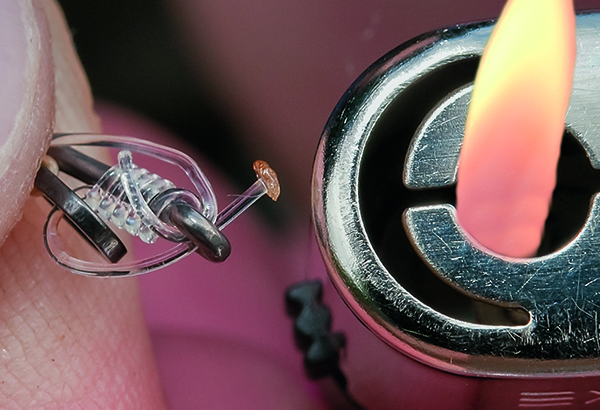
Blobbing heavy monos and stiff link materials with a lighter to keep D loops secure is a danger area. Damage the link material with the heat from the flame and your link will be seriously weakened. Try to blob D loops indoors, where there is no chance that the flame will dance around and potentially damage the line. Under a brolly or in a bivvy is still a draughty place. Also, remember that you don’t need the flame to touch the line to form the blob, just offer the flame close to the tag end and a blob will still form.
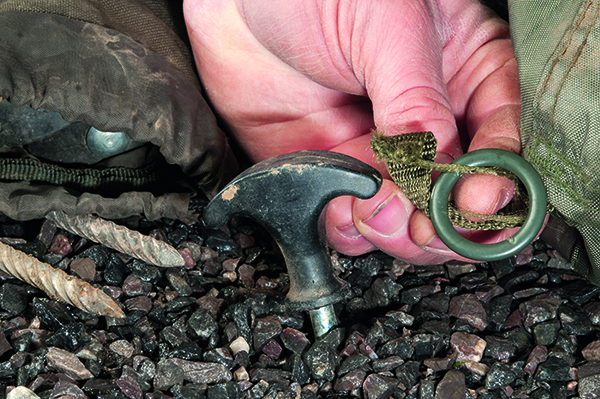
The most common damage to brollies and other shelters is at the pegging points. The schoolboy error is trying to pull pegs out of the ground by tugging from the material of the shelter above it. A well-rooted peg puts up enough resistance to make you tear the nylon above the pegging point or the webbing itself. The solution is to use a spare peg to hook under the T of a firmly embedded peg and pull it out that way.
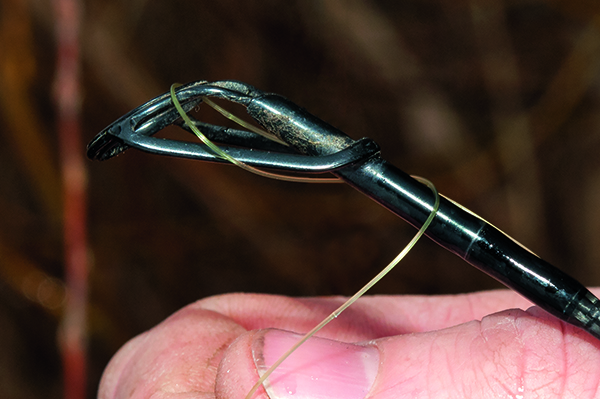
Line wrapped around the rod tip is a major cause of rod breakage. You go to cast, but instead you snap the tip ring and top inch of carbon clean off because it was wrapped neatly back around itself. The simple way to save yourself is to get into the habit of pulling the line by the reel before you cast, so that you know it is moving freely backwards and forwards. It becomes second nature, and if the line doesn’t move freely, you know the tip needs inspecting and the line unwrapping.
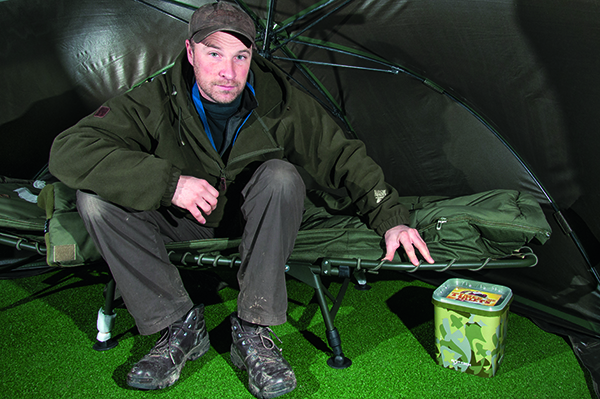
You see a lot of bedchairs with a bend in the frame where people have been sitting on them without the support of a metal leg underneath. Although there are more and more three- and four-leg beds around, and some also have single additional support legs at the foot end, cheaper and mid-price models are often still only two- or three-leg. If you sit anywhere other than in the centre section of the bed, or over a leg, it’s a mistake you only need make once.
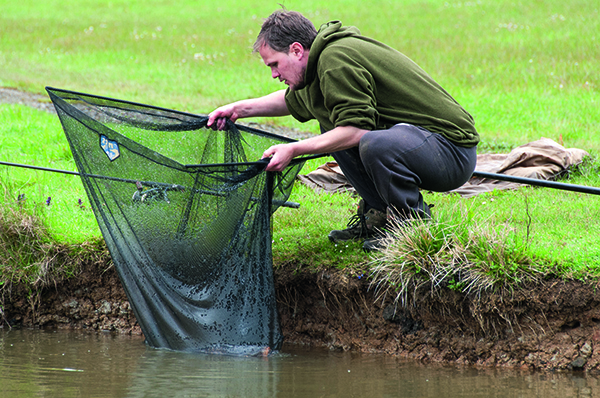
I’m horrified at how many times I still see carpers trying to lift a net containing a carp by the handle. If you lift by the handle, it will often snap, and you don’t want to be holding a net pole that suddenly becomes splintering glass or carbon fibres. If you lift by the net arms too close to the block, they can also easily snap. Grip the spreader block in one hand and the net cord in the other, or both net arms halfway along before lifting a carp up and out of the water.
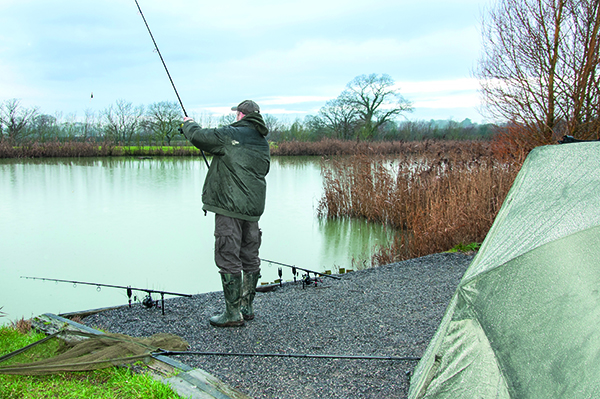
Ever hooked your bivvy when casting? It often means a snapped rod. Some swims are cramped, which can’t be helped, but so many times carpers put themselves in a position where they can accidentally hook anything from a bivvy to an unhooking mat, or a cradle to a quiver up against a tree. Before you get set up, look at the space available, to make sure that you have the room you need to swish your rods around safely.
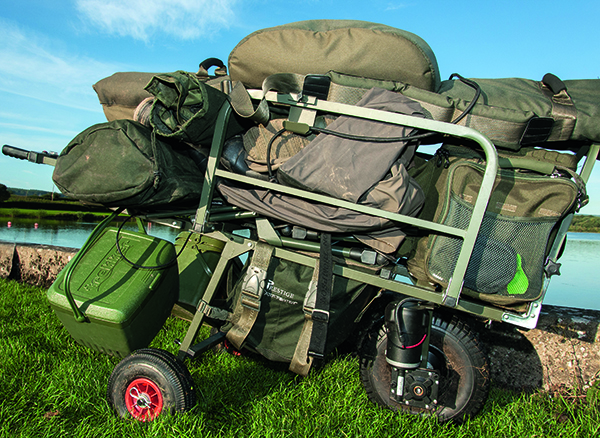
A loaded barrow that topples over results in anything from bent bale arms to snapped rods and even kit disappearing into the water. With rods on the top, loaded last, they have a remarkable habit of slipping and shifting as you push, until they potentially overbalance.
A flat load base, such as a bedchair, flat carryall or barrow bag minimises problems. If your kit isn’t loading well, often it’s a rucksack that is the problem, because they aren’t flat or designed to lie down. Take it off the barrow, stick it on your back and you’ll have fewer problems.
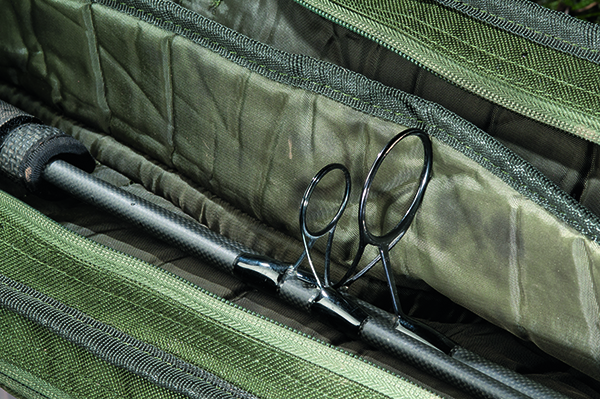
Since the world of carp rods started using both larger 50 mm butt rings and lower profile lined guides, there are more problems than ever with the ring liners popping out, and 50 mm butts are the worst offenders because the larger size means greater flex. A bit of rough handling in and out of the car is enough to remove ring liners. Keeping rods in padded skins or holdalls to protect them reduces the danger significantly.
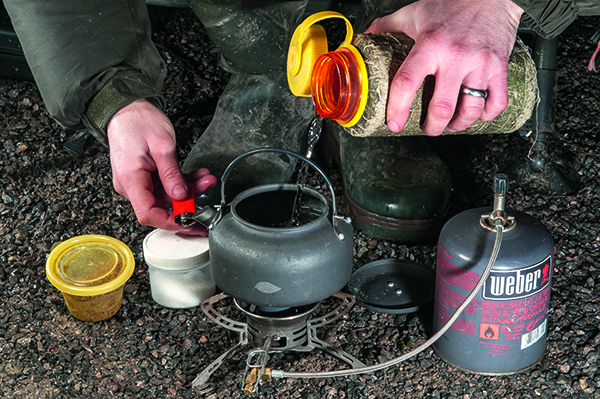
Fire damage is less of a problem now than it used to be when petrol stoves were the common choice, but fire danger does still exist. A stove that is kicked over can flare, or a fresh canister can be more volatile than you expect when you light it. Keep stoves well away from the sides of your bivvy, and also bedding and clothing. Don’t ever use a stove in a bivvy that isn’t well ventilated – although an unlikely outcome, people have died this way from carbon monoxide poisoning.
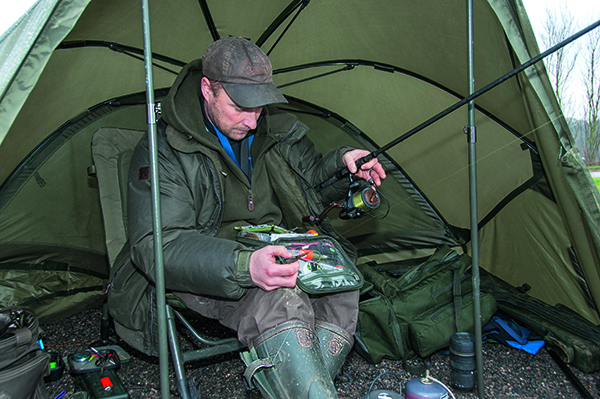
The biggest danger to your expensive rods isn’t when giving it the large cast. You’re sitting tying an end-tackle or rig, and just need a little bit more line to thread something or tie something – so you pull the line, and the reel doesn’t give it cleanly because the rod is lying up against the bivvy or the line is around the tip. Just that little pull is enough to create an unnatural angle in a short section of the tip, and it breaks clean off. Carbon rods are designed to bend all the way through, not in the top six inches. It’s ridiculously easy to do – so don’t join the club of people who have!
CAUGHT A BIG FISH? Email pictures and details to: [email protected] – you could star in the weekly Angler’s Mail magazine.

Bone Shaker Charters Welcomes You for a Tour of Fishing
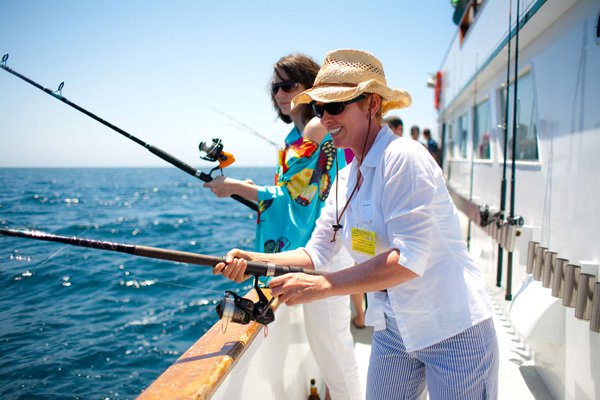
Scientific Facts About Soccer Balls

Copyright © www.mycheapnfljerseys.com Outdoor sports All Rights Reserved